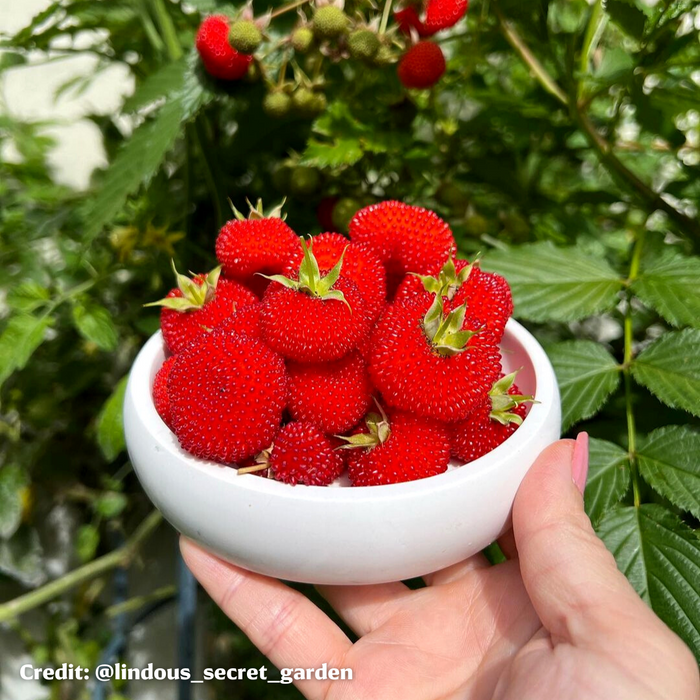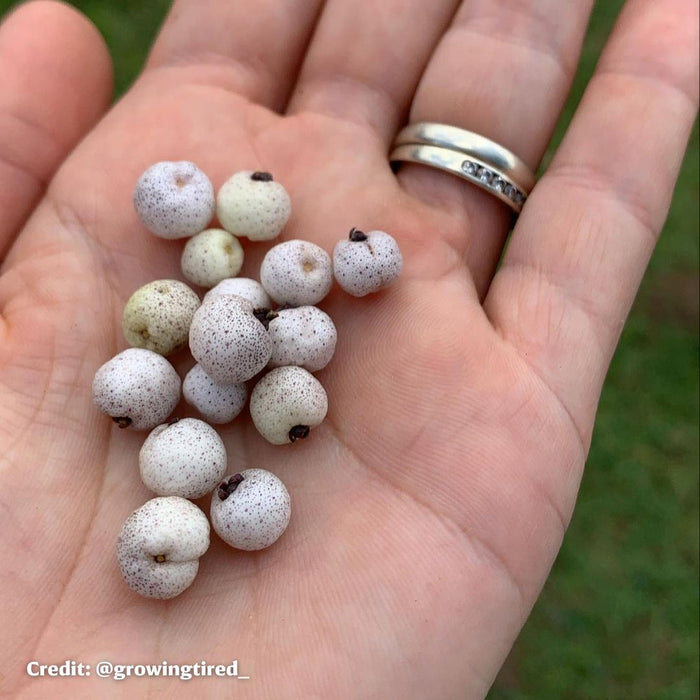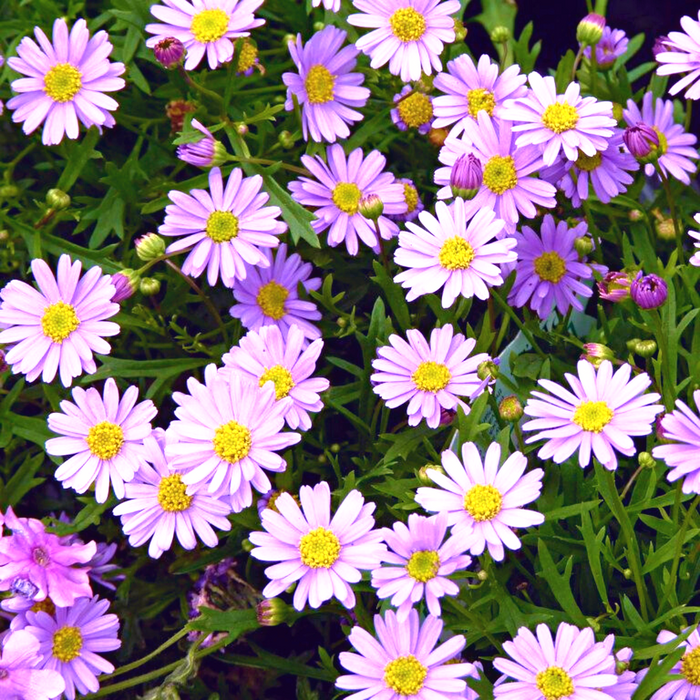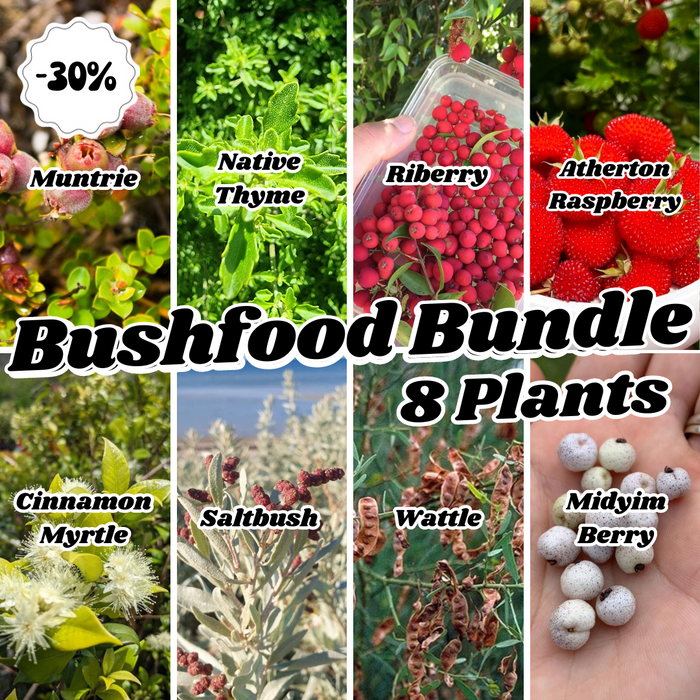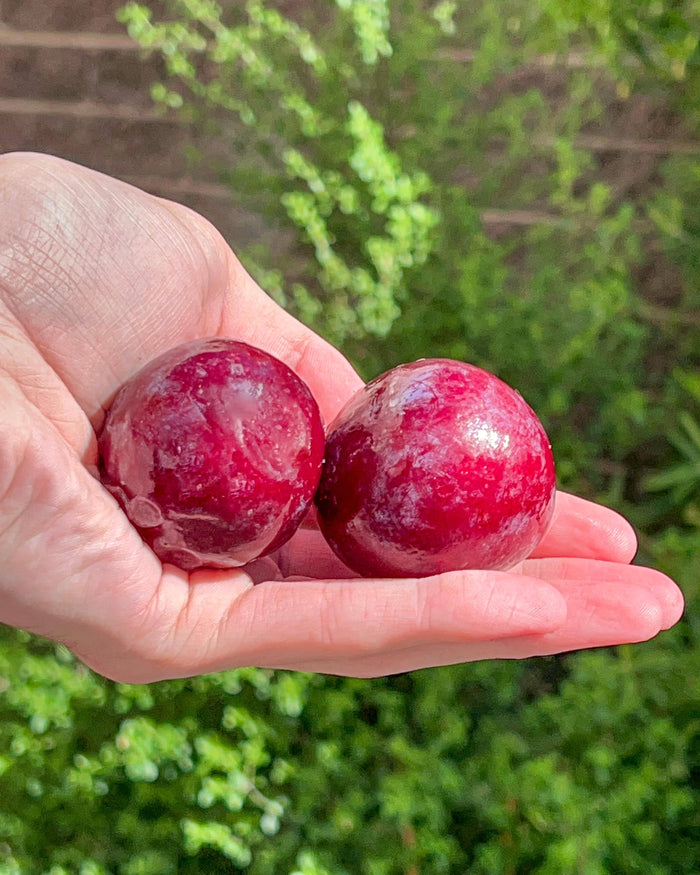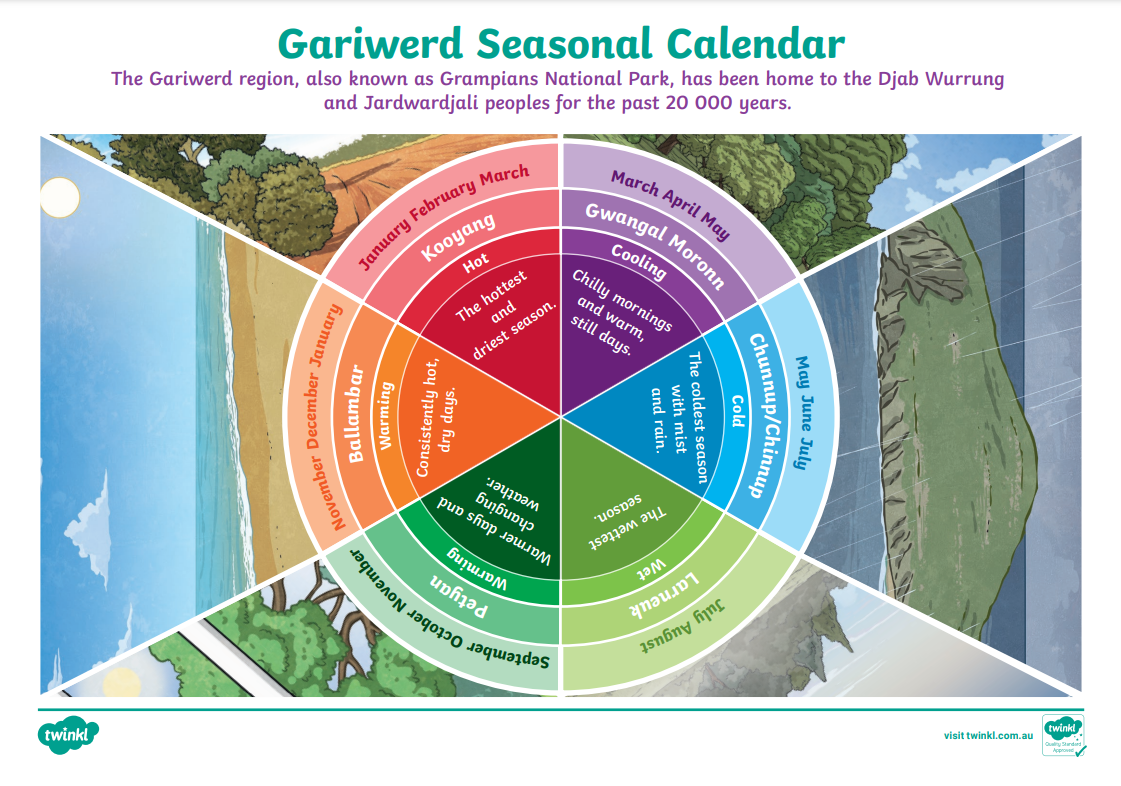

The Real Australian Seasons - Gariwerd...
Do you ever feel like the four-season calendar just doesn't quite capture the essence of Australia's weather? We hear you! Turns out, Aboriginal and Torres Strait Islander peoples have developed complex seasonal calendars that go far beyond our conventional understanding. Their calendars incorporate a profound knowledge of the positions of stars and constellations, synchronized with terrestrial events such as changing weather patterns, animal behaviour, and the availability of plants and medicines.
Forget about the typical four seasons. Indigenous seasonal calendars can have anywhere from three to six seasons, depending on the country you're living on. Isn't that incredible?
From 3 to 6 seasons
Did you know that the Australian Bureau of Meteorology has a dedicated guide to Indigenous weather knowledge on its website? It's a treasure trove of information waiting to be explored. By delving into this guide, you can uncover which traditional seasons are relevant to the country you reside in. View here.
Every region across Australia holds a treasure trove of knowledge. Indigenous communities meticulously observe the life cycles of plants, animals, and insects, aligning them with the seasons and their repeating patterns year after year. They understand the timing of flowering and fruiting of important food and medicinal plants, the breeding cycles of animals, the movement of birds to inland rivers, and the majestic annual whale migrations along the coast.
This knowledge, refined over tens of thousands of years, has allowed Indigenous communities to sustainably alter their environment, enhancing the availability of food and medicines. They have encoded this wisdom into their oral history, songs, dances, and ceremonies, ensuring its accurate transmission through generations.
And Today?
Today, efforts are being made to record and preserve Indigenous Ecological Knowledge. Informative regional resource calendars are being developed, specific to each relevant region. These calendars convey layers of interrelated information, including season names and times of the year, seasonal qualities (wet/dry, hot/cold, predominant wind direction), and the abundance of animals, plants, and insects during each season. They are often marked by the appearance of important seasonal stars at dusk and/or dawn, heralding these transformative changes.
For example, there are six distinct weather periods recognised in the Gariwerd seasonal cycle. The language groups, Djapwurrong and Jardwadjali are the languages used by the custodians of the Grampians/Gariwerd region.

Kooyang - January-March
Eel season - Hottest and driest time - Scarce surface water - High bushfire risk - Night sky is bright with stars
Gwangal moronn - March-May
Honey bee season - Warm, still days - Country starts to cool - Cooler mornings - Red sunrises and golden evenings
Chunnup - May-July
Cockatoo season - Freezing winds - Coldest time of year - Bleak mists - Rain
Larneuk - July-August
Nesting bird season - Dramatic weather changes - Wettest time of year - Rivers run high
Petyan - September-November
Wildflower season - Tempestuous weather - Warmer days - Bush bursts into life - Emu constellation appears
Ballambar - November-January
Butterfly season - Summer heat starts - Hot, dry days - Stable weather
Isn't it incredible how Indigenous communities have developed an intricate understanding of the environment over thousands of years? Their wisdom is a profound reminder of our interconnectedness with the natural world.
To further explore Australia's Indigenous seasons and their celestial ties, we encourage you to check out the informative regional resource calendars available. Witness the captivating dance between the stars, seasons, and the ecological tapestry of this ancient land.
Let's celebrate the rich tapestry of Indigenous knowledge and deepen our connection to the cycles of nature that shape our lives.
With curiosity and respect.

